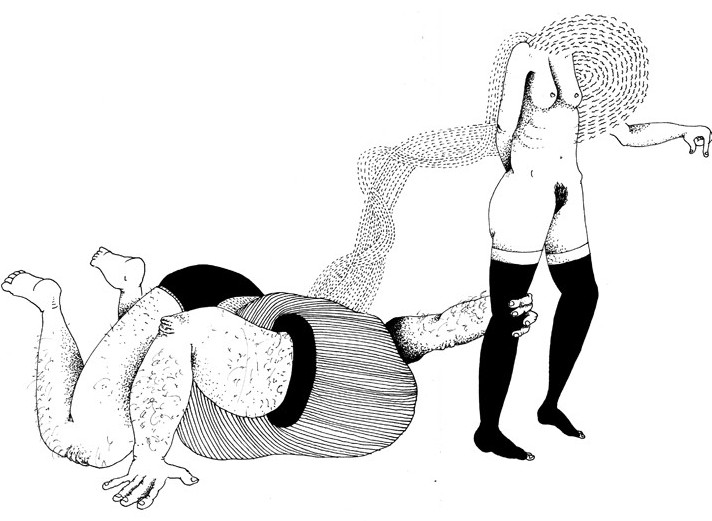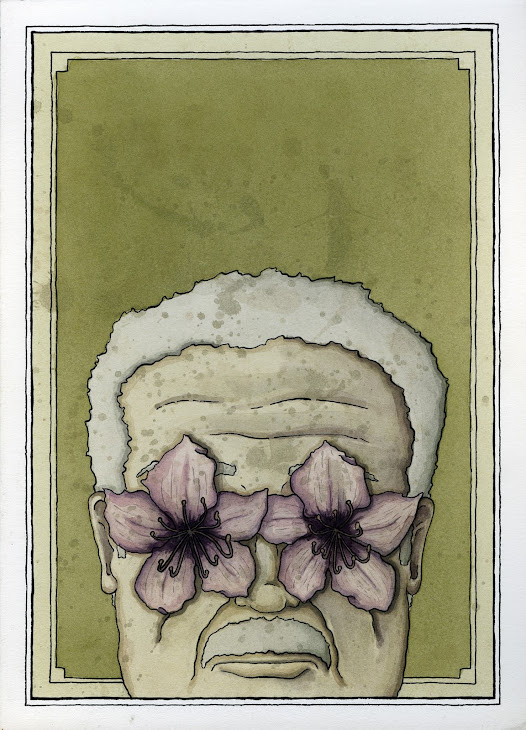This is the story of Xiabalba (pronounced Shhbulba) according to the movie The Fountain, by Darren Aronoskfy. This concept of Xiabalba led to a, if not the, central notion/message of his movie - "Death is the road to awe."
It sounds splendid, angelic, but it is farce. History tells us a very different story.

(Mayan depiction of Xiabalba)
In fact, Xiabalba is actually the Mayan underworld, ruled by two gods called, Hun Caquix, "One Death," and Vucub Caquix, "Seven Deaths." Furthermore, Xiabalba, when translated, means something akin to, "place of fright." This is not a likely title for the pearly gates is it?
This Xiabalba is clearly not the Mayan heaven Aronofsky presents.
Though, interestingly, according to Mayan historians, "Life in Xibalbá was similar to life on earth. Like humans, the death gods had wives and children, they feasted, played ball and conducted business. In their council house, One Death and Seven Death presided over a host of death gods whose names reflected the manner in which they killed people. Adjacent to the council house were a number of buildings known as the Six Houses.”

(Xiabalba Death Gods)
It is here, however, that the normal life on earth comparison dissolves. For in each of the Six Houses is a different test one may face in the underworld.
Maya scholars have gleaned from ancient texts, murals, and engravings that the Six Houses are, "The Darkness House, Shivering House, Jaguar House, Bat House, Blade House and Fire House." Each I'm sure is grueling in its own right. And for those who have to face all of the Six Houses - the horror can be no less than unfathomable.
When you die which Xiabalba do you want waiting for you...The Road to Awe or The Place of Fright?
--
Note: This is not a review of the movie The Fountain. To see such a review click here.
Sources:
Text transcribed from The Fountain
http://www.authenticmaya.com/maya_religion.htm
.jpg)
.jpg)
.jpg)



.jpg)
6 comments:
I might be the only person who has read this entry.
My opinion on your post is that it sucks a jaguar in Xiabalba. The movie is a movie, disregard whatever historical myths it was based on because it is a new story.
And besides, a myth is hardly the most credible thing to be basing such criticism on anyway - they're not exactly the most grounded of histories.
sam,
I just found the contrast between Aronofsky's story and what has come together (although of course imcomplete) to be the historical view of how the Mayans looked at the world and death. I really enjoyed the movie and did not intend to detract from it in this post. I did not have this contrast in mind while I was watching The Fountain, I did research afterwards and learned all of this information then. I agree that one should take the story as an independant thing.
perhaps you're missing the point of the movie: izzy taking her personal take on life, not as a "place of fright," or something to be afraid of, but as the "road to awe," or the welcoming of death as freedom from pain, suffering, and entrance into another phase of life (i.e. one central theme being "through death comes life").
the focus of the movie was not on xiabalba being where she goes when she dies — rather, she was amazed that the mayans picked for their underworld a nebula wrapped around a dying star -- something that will eventually explode, creating new stars (new life). this is pretty congruent with aronofsky's abbreviated telling of the mayan world tree myth (through death, life).
facefront,
It appears you have misperceived what this post was about. I was simply curious of how the Mayan's thought of Xiabalba, versus how Aronofsky presented it. I enjoyed Aronofsky's version of Xiabalba, but noticed it seemed to diverge a bit from its historical understanding. This is an observation, not intended as a criticism. This post was not on the movie The Fountain, though it led to it. I have another post where I review the movie and make a few similar conclusions to what you have stated here. You can find it here: http://selfevolving.blogspot.com/2008/03/fountain.html
You spelled XIBALBA wrong
That's interesting... I loved that quote from the movie, that was my favourite bit in the film. Perhaps their notion of hell is not as we perceive in our common sense now.
Post a Comment